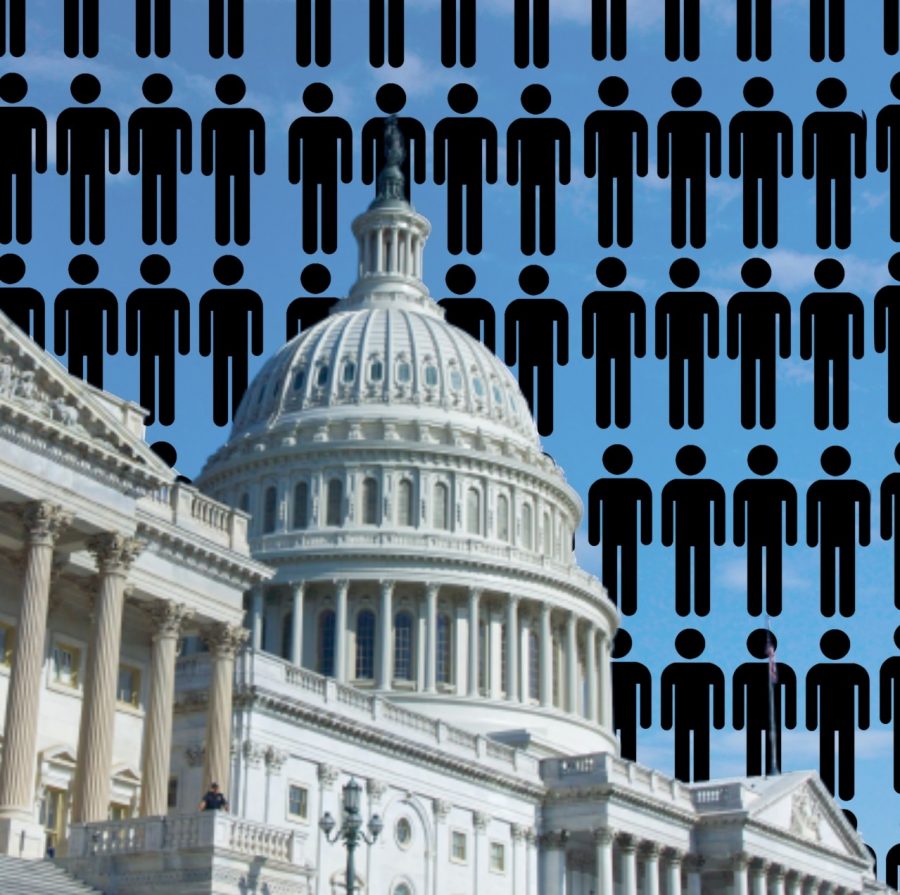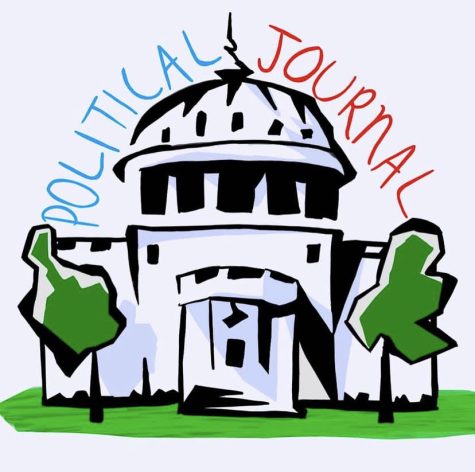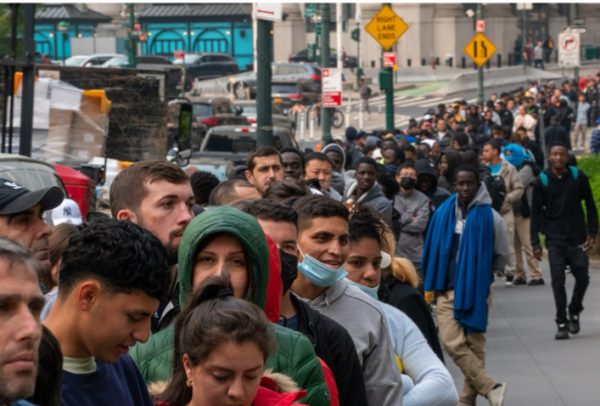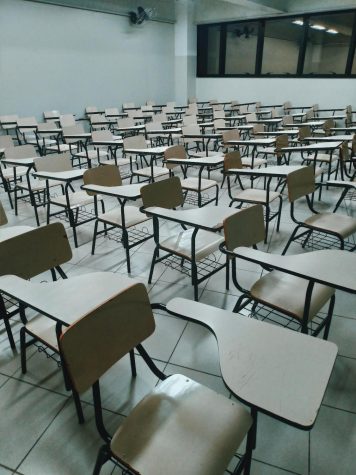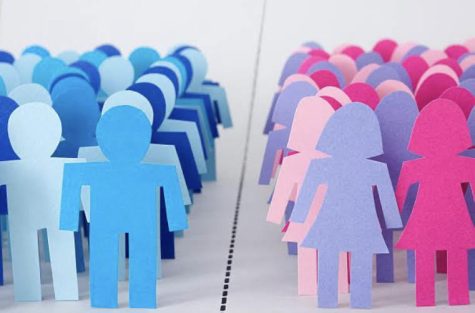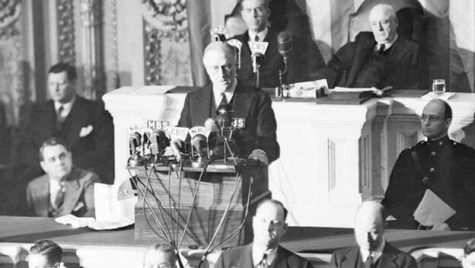A House for the 21st Century
Montana is home to 1,050,493 people, all represented by Republican Matt Rosendale in the House of Representatives, while Rhode Islanders, who have 9,146 more citizens, have Democrats David Cicilline and James Langevin. This slight difference in population from the 2010 Census afforded “Rhode Islanders with roughly twice as much representation per person as Montanans,” according to Pew’s Drew DeSilver. As such, Montana, with a population twice the size of Wyoming, each is allotted one representative. This alarming gap highlights the growing disparity between the sizes of House districts, with some being overrepresented and others underrepresented. To fix this and restore the notion of “one person-one vote,” Congress, with the president’s signature, must enact legislation expanding the House of Representatives.
When the United States Constitution was drafted, one of the main concerns was that House districts would become too populous. If that happened, James Madison, the father of the Constitution and 4th President of the United States, believed that House members “would not possess enough of the confidence of the people, and would be too sparsely taken from the people, to bring with them all the local information which would be frequently wanted.” While Madison could not have predicted that we would be in a digitized world where representatives could communicate with their constituents at the touch of a button, he did on the other hand accurately predict that no matter the day in age, House members need the “confidence of the people,” and therefore a close proximity to those people.
Known as the “People’s House,” the House of Representatives has been Americans’ most direct link to the federal government since its formation in 1789. House members, unlike senators, have always been directly elected by the people; senators weren’t elected by the people, but by the state legislatures, until the adoption of the 17th amendment in 1913.
In their original conception of the House of Representatives, the framers of the Constitution were influenced by the American colonies chanting “No taxation without representation.” When the British House of Commons imposed taxes on the American colonies, the colonists were displeased because they didn’t have representation in Parliament. As such, the framers bestowed the House the sole power to originate bills concerning money because since the chamber has representation proportional to a state’s population, each member represents roughly the same number of people, ensuring nobody is left without representation. In the Senate, where all states have two senators, states, no matter their population, have equal power. As a result, smaller populations will have more power over legislation than bigger states.
The House of Representatives is required by the supreme law of the land (the U.S. Constitution) to reapportion itself every ten years following the census. Up until 1910 (except in one case), Congress had steadily increased the size of the lower chamber to coincide with the increasing population. When Congress in 1910 last expanded the House, it increased from 391 seats to 435 seats (an increase of 44 seats). With a rise in industrialization, immigration from Southern and Eastern Europe, and internal migration from farms, the United States reported from data collected during the 1920 census that alongside a population increase of 14 million, a majority of the population for the first time lived in urban areas (defined as a population of at least 2,500 people). When the House was expected to reapportion itself following the 1920 census, Rural lawmakers refused to carry out their constitutional duty because they wouldn’t cede power to lose seats to urban areas. Some feared that the House would become too big and ineffective. An agreement wasn’t reached and the House had failed to reapportion itself.
Madison foresaw some of these squabbles and tried to force Congress to increase the size of the House by introducing the Congressional Apportionment Amendment, setting the maximum number of people in a district at 50,000. Although it had passed both houses of Congress in 1789, it failed to be ratified by ¾ of the state legislatures. If this proposed amendment had met all the requirements, Congress would be required to have around 6,489 lawmakers today.
“The issue began to come to a head as the 1928 election loomed,” said Margo Anderson, social and political history expert from the University of Wisconsin-Milwaukee. “Because the realization was, we’ve got the Electoral College apportioned on the basis of the 1910 census, and if the popular vote and the electoral vote diverge, it’s because we didn’t reapportion.” Fortunately, the 1928 presidential election saw former Commerce Secretary Herbert Hoover win the electoral college and popular vote, avoiding a candidate to win the electoral college but not the popular vote like in 1876, 1888, and later would in 2000 and 2016. Immediately after, Hoover called a special session of Congress in April 1929 where they passed the Permanent Apportionment Act of 1929, capping the House at 435 seats. This also transferred reapportionment power from Congress to the Department of Commerce (currently run by former Governor of Rhode Island Gina Raimondo since March 2021).
With the Permanent Apportionment Act of 1929 still in effect, the House of Representatives is operating under an archaic law meant for the early 20th century, not the 21st century. Across the United States, laws are drafted, revised, passed, and rewritten to correlate with our changing times. This laws’ purpose was for Congress to close debate on if the House should expand so the House could be reapportioned for the first time since the 1910 census. Now almost a century later, we must reopen that debate to expand the House. If we don’t, progress towards equal representation of all marginalized demographics will continue to stall.
Immediately after an election cycle, the Democratic Congressional Campaign Committee (chaired by New York Rep. Sean Patrick Maloney) hosts newly elected, first-time House members, known as freshmen, to attend a PowerPoint presentation. The presentation outlines that while in Washington, freshmen should spend three to four hours in a nine to ten-hour workday actually doing the work they were elected to do — attending hearings, votes, and meeting with constituents. The remainder of the time, party leadership expects that they fundraise for four hours. If on track to win reelection, they raise funds for vulnerable seats such as the 14th District of Illinois (their current representative is Democratic Lauren Underwood, who faced off against Republican Jim Oberweis in 2020) in order to maintain the party’s slim majority.
Members of the House, who represent on average 760,000 people, are more likely to vote based on their campaign donors, such as lobbyists and special interest groups, than their constituents because they’ve been taught to “behave [as] if the most important thing they think about is fundraising,” said Democratic North Carolina Rep. Brad Miller. According to Brian Frederick, a political scientist at Bridgewater State University, constituents living in larger districts are more likely to notice their representatives not solving their problems.
To fix our democracy, we must look at the size of other established democracies’ lower chambers to see what the common trends are, where we lie in it, and what must be done. In most democracies, the “Cube Root Law” is used. According to 538, the “Cube Root Law” states that the “number of seats in a country’s lower legislative chamber equals the cube root of a country’s population.” Denmark, with a population of 5.8 million, has their Folketing consist of 179 members, following the “Cube Root Law” to an exact. The United States has the second-largest legislative districts, trailing India, which has legislative districts with an average size of 2,442,161 people. For the United States to match the “Cube Root Law” (which coincidentally was followed up until 1910), the House should expand to roughly 692 seats.
The majority of Americans (51%) want the House to remain the same, with 28% supporting expansion and 18% for downsizing, according to Pew Research Center in 2018. For whatever reason that may be, expanding the House will be costly — millions and/or billions of dollars will be needed to construct more office space and to pay the salaries of new lawmakers and staff. In comparison, the price tag for expansion is extremely minuscule to that of the recent actions of the Department of Defense; in the fiscal year 2020, they spent $714 billion. Given the relatively cheap cost of expansion, the price tag shouldn’t be the reason for not enacting this plan, but L. Marvin Overby, a political scientist at Pennsylvania State University-Harrisburg, describes a reason that very well could be. “By increasing the number of players who have to be satisfied in the legislative game, you make arriving at the kind of majorities — or, in most cases, supermajorities — that you need to pass legislation more difficult.” At this time, expanding the House poses a serious threat for the United States; the current partisan divide could worsen, further deepening us into a territory of irreversibility.
Theoretically, Americans would benefit from the House of Representatives expanding. Congress’ lower chamber would look and vote more like them. Unfortunately, theoretical concepts don’t necessarily work the same in reality. Politicians will use this as an opportunity to gerrymander more effectively, ultimately increasing the number of districts where primary elections are superior to general elections. At the moment, traction in Congress on this issue is extremely low. Nevertheless, when the American population becomes more educated on this issue, then an optimal solution can be drawn to how the House of Representatives can be expanded.
Works Cited
- https://www.theatlantic.com/ideas/archive/2020/05/congress-needs-be-way-way-bigger/611068/.
- https://www.vox.com/2018/6/4/17417452/congress-representation-ratio-district-size-chart-graph
- https://history.house.gov/Institution/Origins-Development/Power-of-the-Purse/
- https://www.nytimes.com/interactive/2018/11/09/opinion/expanded-house-representatives-size.html
- https://www.house.gov/the-house-explained/history-of-the-house
- https://fivethirtyeight.com/features/how-the-house-got-stuck-at-435-seats/
- https://academic-eb-com.newtrier.idm.oclc.org/levels/collegiate/article/Connecticut-Compromise/632573
- https://www.senate.gov/artandhistory/history/common/generic/SeventeenthAmendment.htm
- https://time.com/5579161/presidents-elected-electoral-college/
- https://washingtonmonthly.com/magazine/november-december-2018/to-fix-congress-make-it-bigger-much-bigger/
- https://www.huffpost.com/entry/call-time-congressional-fundraising_n_2427291
- https://frontline.dccc.org
- https://www.gao.gov/products/gao-21-415t

